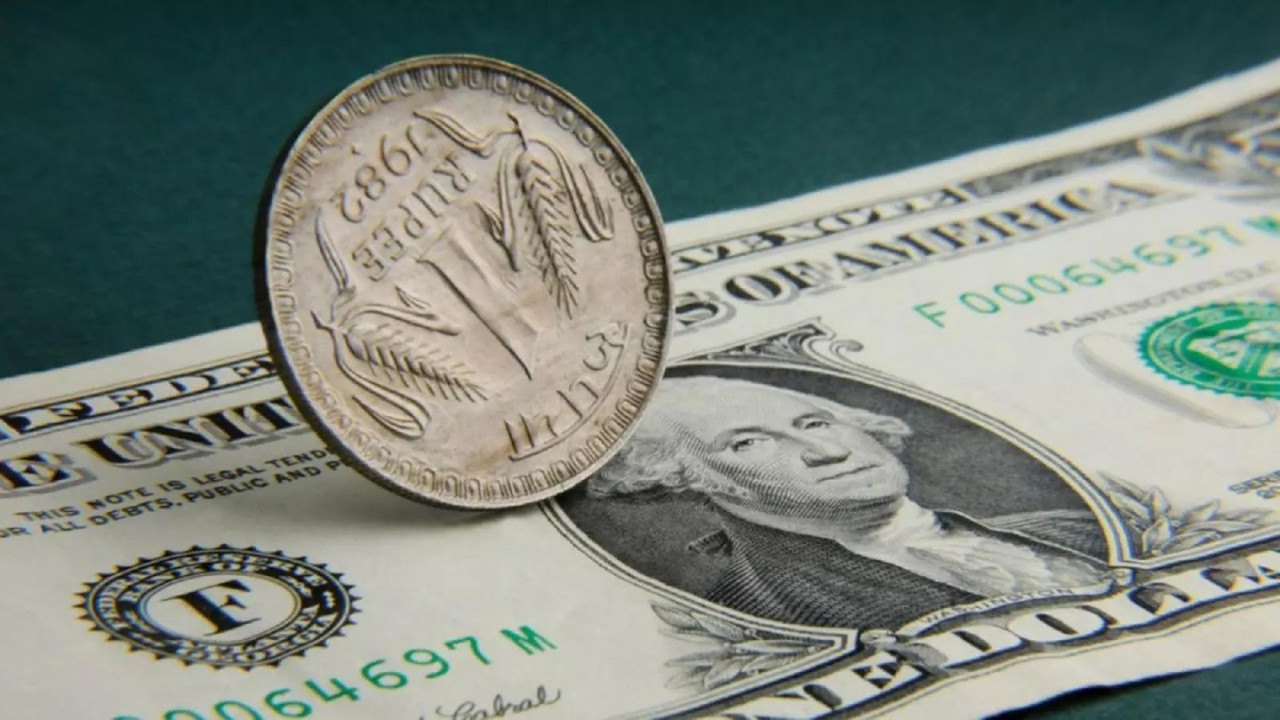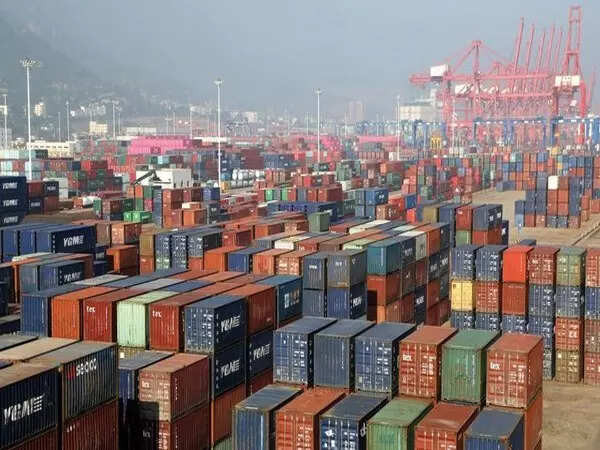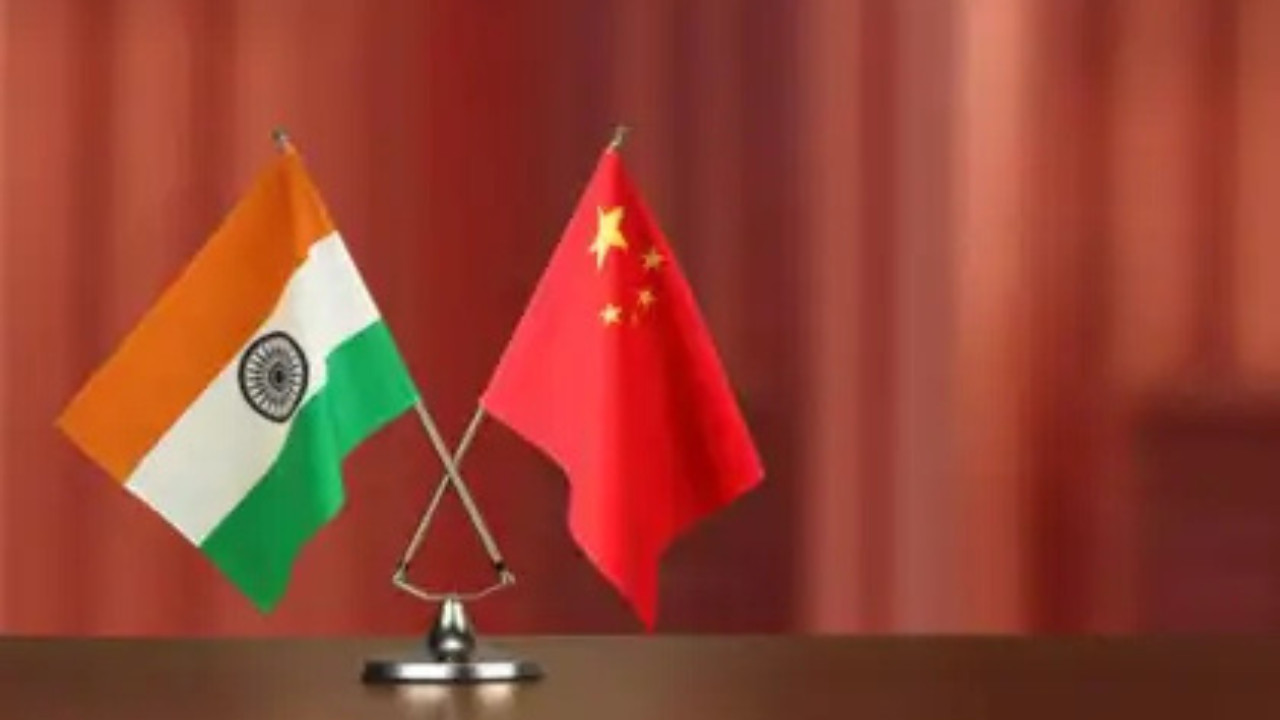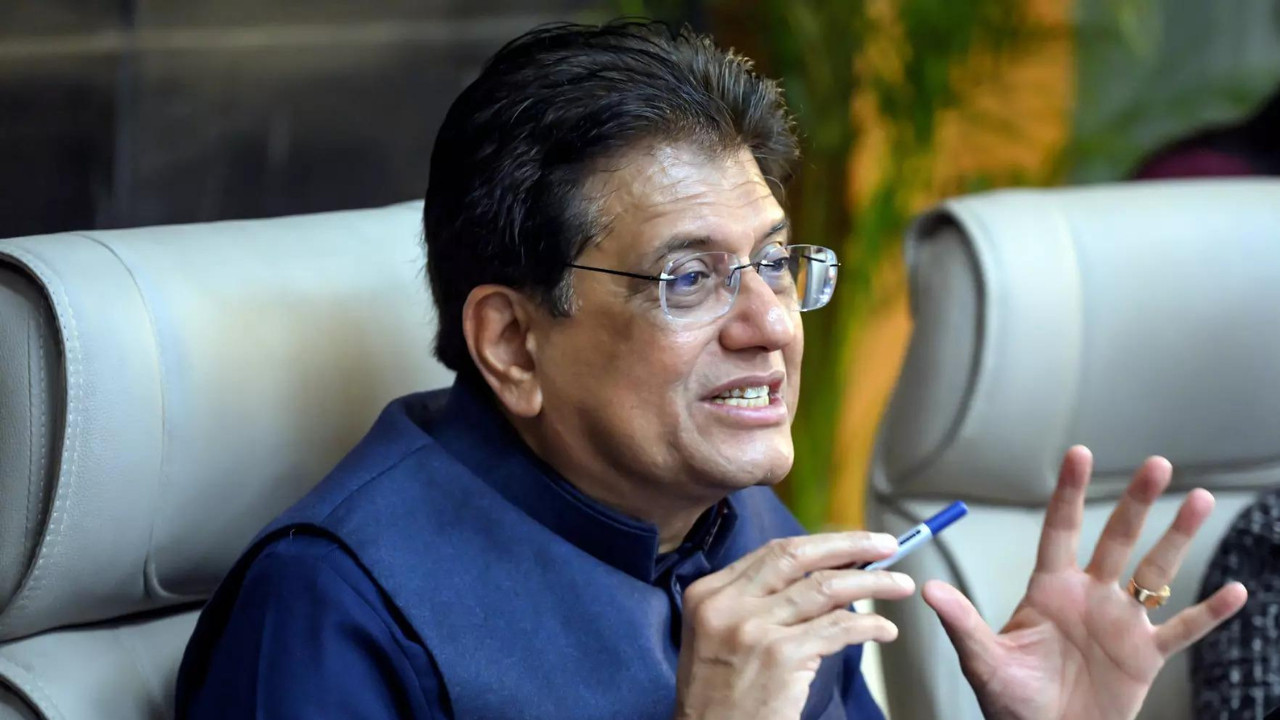The rupee strengthened to 85.76 against the US dollar, buoyed by a weaker dollar and lower crude oil prices. Gains were capped by persistent foreign fund outflows and uncertainty surrounding India-US trade talks. India’s merchandise exports remained steady, while the trade deficit narrowed, and domestic equities closed in the green with FIIs turning net buyers.
Navigating the Forex Seas: How a Dip in Crude Oil Gave the Rupee a Boost
The financial world is a constantly shifting landscape, a place where currencies dance to the tune of global events. Recently, the Indian Rupee enjoyed a moment in the spotlight, strengthening against the US Dollar. But what fueled this upward tick? Let’s dive in and unpack the key factors that contributed to the rupee’s positive performance.
The most immediate catalyst was a welcome slide in crude oil prices. You see, India imports a significant portion of its oil needs, making it particularly sensitive to fluctuations in the global oil market. When crude prices climb, it puts pressure on the rupee, as more dollars are needed to purchase the same amount of oil. Conversely, when crude dips, it eases that pressure, giving the rupee some breathing room to appreciate.

This dip in oil prices wasn’t an isolated event; it rippled through the forex market, weakening the US Dollar against a basket of other currencies. A weaker dollar often translates into positive sentiment for emerging market currencies like the rupee. It’s all interconnected!
The rupee’s gain wasn’t massive, clocking in at a rise of 16 paise to settle at 85.76 against the dollar. While seemingly small, these movements matter in the grand scheme of international trade and investment. For businesses engaged in import and export, even minor shifts in exchange rates can have a tangible impact on their bottom line.
Beyond the immediate impact of oil prices and dollar weakness, it’s important to consider the broader economic context. India’s overall economic performance, including its growth rate, inflation levels, and fiscal health, all play a crucial role in shaping investor sentiment towards the rupee. Positive economic indicators tend to attract foreign investment, further bolstering the currency.
Imagine the forex market as a complex ecosystem, with various elements constantly interacting. The rupee’s recent rise is a testament to the dynamic interplay of these factors. The demand and supply of the Indian Rupee, influenced by import-export balance, foreign investments, and prevailing market sentiment, are key drivers.
Furthermore, the Reserve Bank of India (RBI), the country’s central bank, keeps a watchful eye on the currency markets. The RBI steps in to manage volatility and maintain stability. Their interventions, which can involve buying or selling currency reserves, can have a significant impact on the rupee’s trajectory. Find out more about the role of RBI in maintaining economic stability.
So, what does the future hold for the Indian Rupee? Predicting currency movements with certainty is an impossible task, as unforeseen global events can quickly alter the landscape. Geopolitical tensions, changes in international trade policies, and unexpected economic shocks can all throw a wrench into the works.
However, we can expect the rupee to continue to be influenced by the same factors that have shaped its performance in the past: global oil prices, the strength of the US Dollar, India’s economic growth, and the actions of the RBI. Staying informed about these factors is crucial for anyone involved in international business or investment. The rupee’s journey is far from over, and it will be interesting to observe how it navigates the ever-changing tides of the global economy.
Looking Ahead: A Summary
The recent appreciation of the rupee highlights the intricate relationship between global events, economic fundamentals, and currency values. A confluence of factors, including a dip in crude oil prices and a weaker US Dollar, contributed to the rupee’s positive movement. While predicting the future is impossible, understanding these driving forces is essential for navigating the complex world of forex and making informed decisions.







